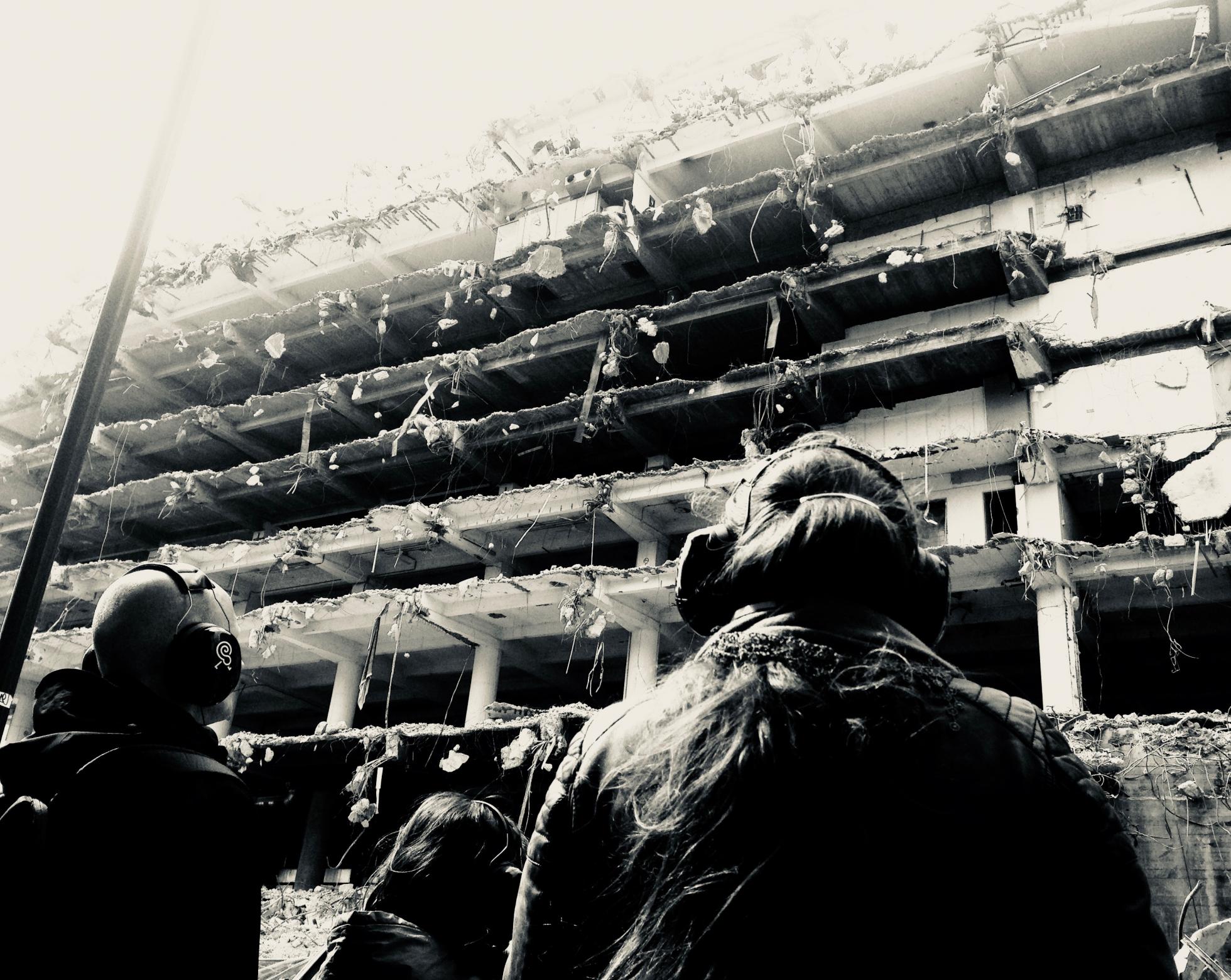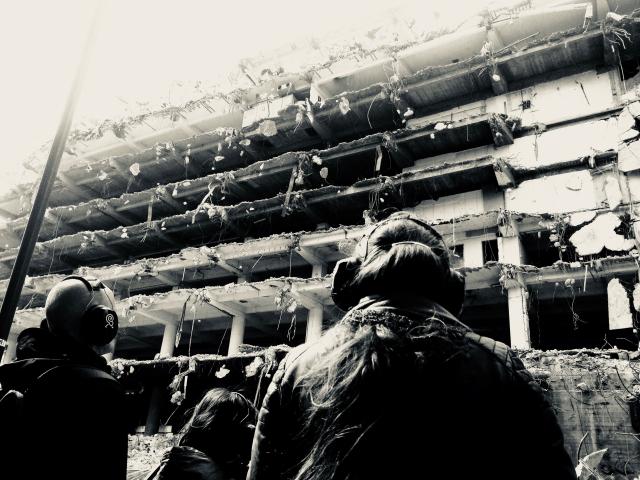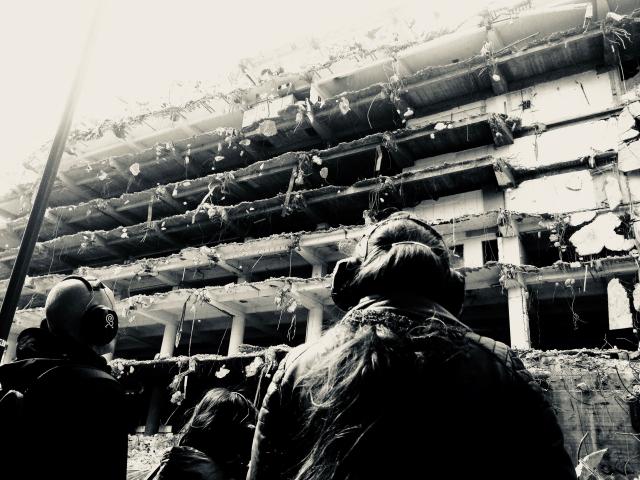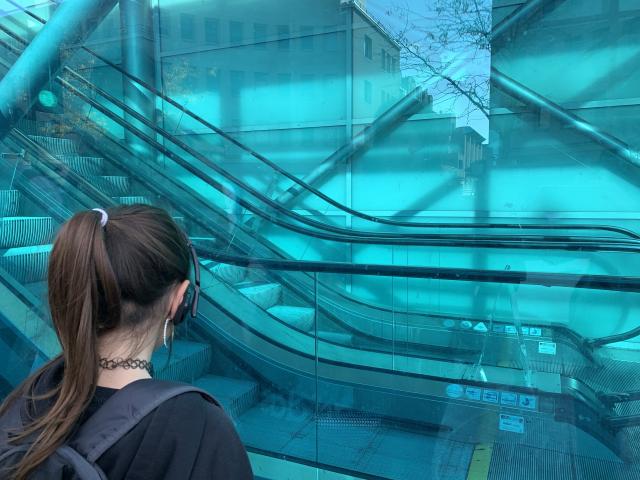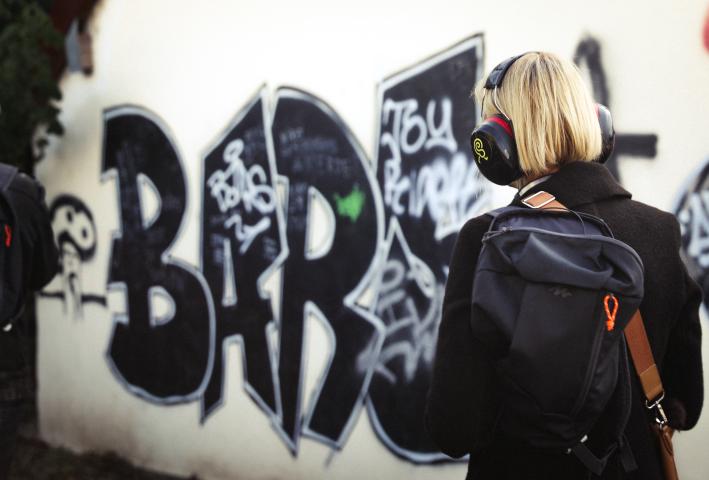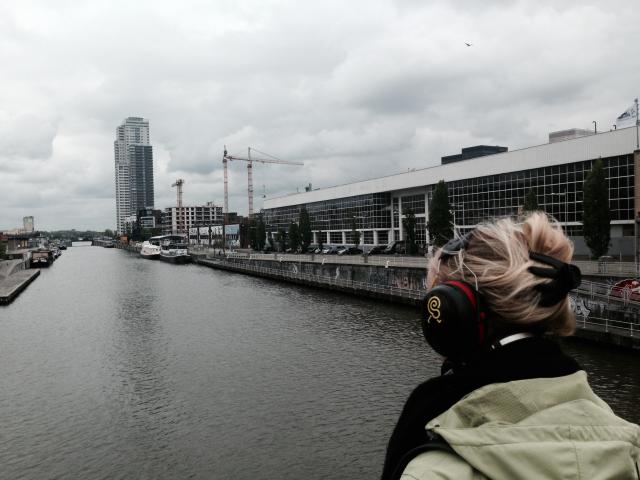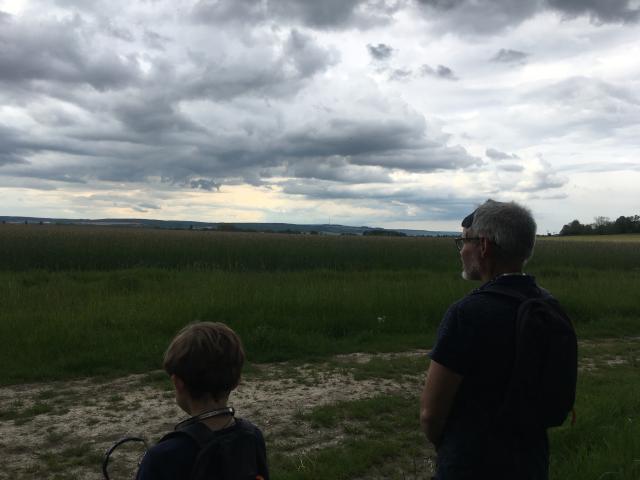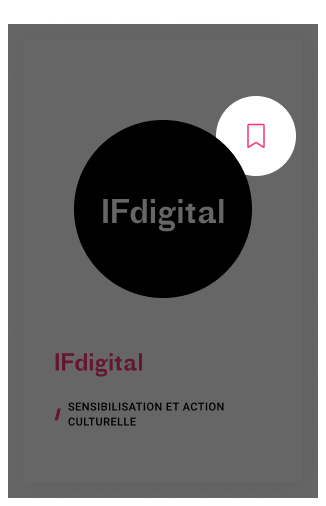Stéphane Marin invites a group of 15 to 20 people to (re)discover the sound environment of a territory by walking and engaging in different types of sensory listening experiences. Through the use of "augmented" listening, by superimposing a porous sound creation onto the natural "in situ" listening, we propose to radically modify the listening framework. The sounds in the headphones interact with the sounds of the places traversed, inviting participants to rediscover them, revealing them synesthetically in a new way.
The Unheard Walks
Find out more
After a Listening Yoga session, Stéphane Marin accompanies a group of "listening walkers" on a soundwalk subtly suggesting listening points, inviting them to listen in new ways through his presence. Whether in contact with sounding material, in the closest intimacy with the sound object, or listening to the natural resonances of a place, he weaves a shared sound fabric with the audience step by step. Whether through open and porous headphones that allow the surrounding sound environment in, or, on the contrary, through soundproofed headphones that cut us off from it, the soundtrack composed in echo with the places traversed comes to re-compose a shared and experienced sound landscape, here and now, where previously only noise was heard...
Between immediate listening to the on-site sound environment and headphone listening to field recordings collected beforehand and reassembled in the studio, this infra-ordinary soundwalk takes shape. The device sharpens all perceptions in a synesthetic way. By creating a disturbance within the various perceptions, it also recenters the listeners at the heart of the spaces they traverse.
In order to better grasp the sonic specificities of the places, we use both traditional microphones (stereo pairs, shotgun mics, parabolas) and less conventional ones such as in-ear binaural microphones, contact microphones, as well as hydrophones, geophones, and electromagnetic field microphones. Some of these recording devices allow previously unheard sounds to be heard and literally plunge into the heart of the material to make an unheard of sensory reality audible.
Listening to the indigenous musicality of sounds is a gateway to certain issues in sound ecology. Whether they are natural or urban, non-human or technological, discreet or persistent, conscious listening refines the qualitative perception of these sounds and helps to reclaim them - as well as their territory of emergence - without discrimination.
From this intimate listening to places, a new sound geography emerges, a unique and sensitive representation of the spaces traversed, a soundscape experienced together, in situ.

Merci pour votre contribution.
Vous serez informés de sa publication ou d’une éventuelle demande de compléments.





